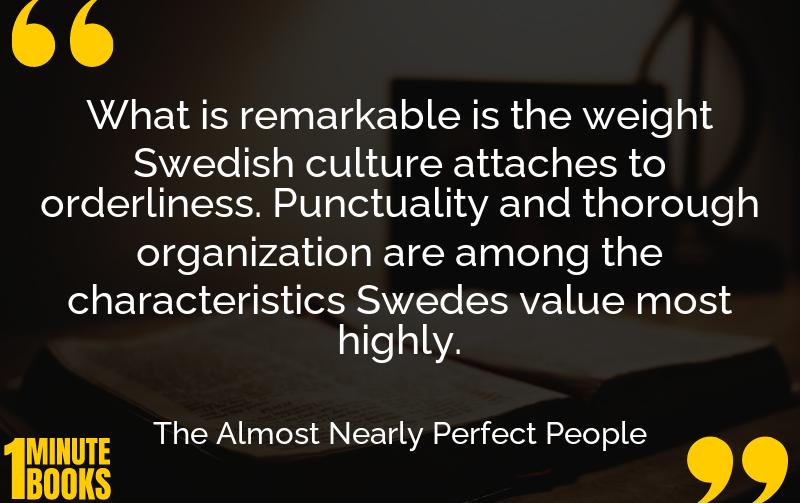
The book explores the myths and realities of Nordic countries, analyzing their social, political, and economic dynamics, while reflecting the cultural intricacies and challenges beyond their perceived utopia.
Main Lessons
- Nordic countries are often seen as a utopia, but they have their own struggles and imperfections.
- Iceland and Finland, though geographically Nordic, are not traditionally considered part of Scandinavia.
- Scandinavian countries share many cultural and linguistic ties, but subtle differences impact their interactions.
- Denmark, with its high taxes, contrasts with other Nordic countries in public welfare dynamics.
- Nordic countries emphasize education, low crime rates, but also face challenges like integration and social cohesion.
- The sense of community and social equality is strong, yet these societies face issues like isolation and high expectations.
- Inter-Nordic dynamics involve subtle hierarchy, seen in conventions or meetings where language and history play roles.
- Cultural stereotypes, such as Swedish orderliness, are sometimes accurate but also subject to personal experiences.
- Perceptions from outside often idealize Nordic countries, missing the internal challenges and areas of improvement.
- Michael Booth combines subjective opinion with factual reporting, offering a nuanced view of each country.
- Living in or visiting these countries may challenge preconceived notions about their societal dynamics.
- Exploration of these cultures sheds light on broader global issues of social policy and public perception.








